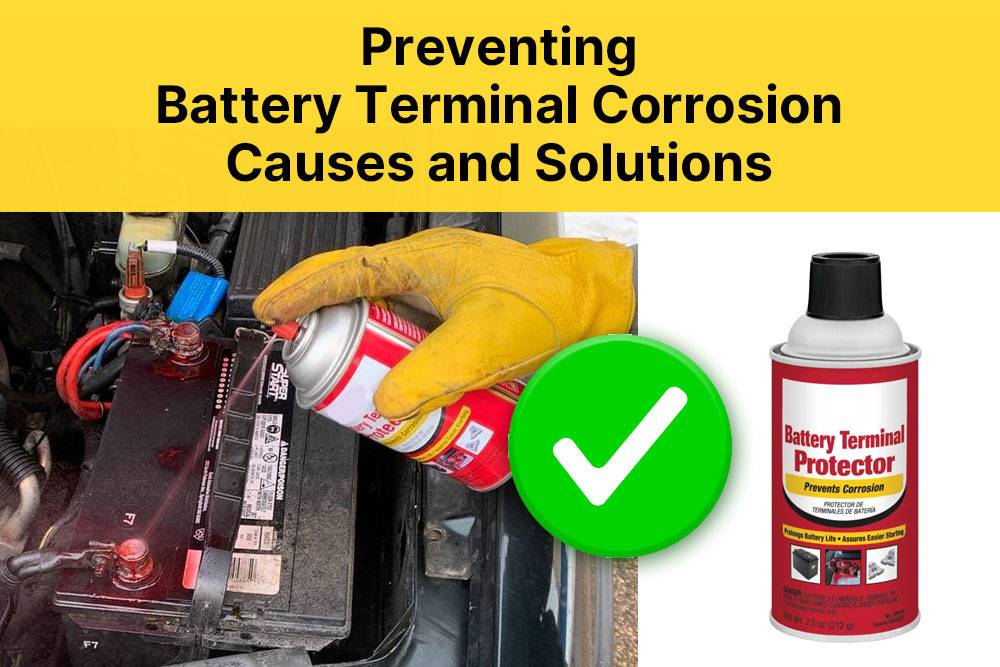
Blog
What Are the Essential Steps for Toyota Forklift Battery Maintenance?
Proper Toyota forklift battery maintenance ensures longevity, efficiency, and safety. Key steps include regular watering, cleaning terminals, equalizing charges, monitoring electrolyte levels, and storing batteries correctly. Adhering to Toyota’s guidelines prevents sulfation, corrosion, and capacity loss. Implementing a routine schedule reduces downtime and operational costs. Always use distilled water and wear protective gear during maintenance.
LiFePO4 Forklift Batteries Wholesale
How Often Should You Water a Toyota Forklift Battery?
Watering frequency depends on usage but typically occurs every 5-10 charge cycles. Check electrolyte levels weekly, ensuring plates are submerged by ¼ inch. Use distilled water to avoid mineral buildup. Never overfill—top up only after charging to prevent overflow. Toyota recommends maintaining levels between the “upper” and “lower” markers.
Extended watering intervals may be necessary in high-temperature environments due to accelerated evaporation. For fleets operating multiple shifts, consider implementing a digital tracking system to log cycles and watering dates. A study by the Industrial Battery Institute showed batteries watered within optimal intervals retained 92% capacity after 1,000 cycles versus 78% for neglected units. Use a refractometer monthly to measure specific gravity (1.275-1.285 is ideal) and adjust watering schedules accordingly.
Lithium Forklift Batteries Factory
| Usage Intensity | Recommended Watering Frequency |
|---|---|
| Single shift (8 hours) | Every 10 cycles |
| Double shifts (16 hours) | Every 5-7 cycles |
| High-temperature (>95°F) | Every 3-5 cycles |
What Cleaning Methods Prevent Battery Terminal Corrosion?
Clean terminals monthly with a solution of baking soda and water. Disconnect cables, scrub with a brass brush, and rinse thoroughly. Apply anti-corrosion spray or grease to inhibit oxidation. Inspect for cracks or leaks during cleaning. Proper maintenance reduces resistance and ensures optimal conductivity.
Why Is Equalizing Charging Critical for Toyota Forklift Batteries?
Equalizing balances cell voltages by overcharging slightly, preventing stratification. Perform this every 10-15 cycles or if capacity drops. Use a manual charger set to 5-10% higher voltage for 2-3 hours. Avoid excessive equalization, which accelerates water loss. This process extends battery life by up to 20%.
During equalization, monitor individual cell voltages to ensure none exceed 2.7 volts. Toyota’s EQ-2000 charger automatically detects voltage variances above 0.2V and initiates balancing. Facilities using opportunity charging should increase equalization frequency by 30% to counteract partial state-of-charge (PSOC) damage. A 2023 case study revealed warehouses performing weekly equalization reduced cell replacement costs by $1,200 annually per battery.
How Does Temperature Affect Toyota Forklift Battery Performance?
High temperatures (above 100°F) accelerate water loss and plate degradation. Cold environments (below 32°F) reduce capacity by up to 50%. Store batteries in climate-controlled areas (60-80°F). Adjust charging cycles seasonally—longer charges in winter. Toyota advises insulating batteries in extreme conditions.
When Should You Replace a Toyota Forklift Battery?
Replace batteries when capacity drops below 80% of original or after 1,500 cycles. Signs include slower operation, frequent watering, and inability to hold charge. Test voltage and specific gravity monthly. Consult Toyota’s lifespan charts—most last 5-7 years with proper care.
What Safety Precautions Are Vital During Battery Maintenance?
Wear acid-resistant gloves, goggles, and aprons. Ventilate charging areas to disperse hydrogen gas. Avoid sparks or open flames near batteries. Neutralize spills with baking soda immediately. Follow OSHA and Toyota’s safety protocols to prevent burns, explosions, and electrical hazards.
How Can Software Optimize Toyota Forklift Battery Lifespan?
Battery monitoring software tracks voltage, cycles, and temperature in real-time. Alerts notify users of under/overcharging, low electrolyte, or needed equalization. Integration with Toyota’s forklift telematics enables predictive maintenance. Data analytics reduce human error and extend service intervals by 15-30%.
“Toyota’s battery design prioritizes durability, but neglect can halve its lifespan. We’ve seen facilities cut costs by 40% through scheduled watering and IoT-based monitoring. Always prioritize OEM chargers—third-party units often skip crucial equalization phases.” — Redway Power Solutions Engineer
Conclusion
Proactive Toyota forklift battery maintenance maximizes uptime and ROI. Combine manual checks with advanced software for precision. Training operators on safety and protocols ensures compliance. Regular audits and OEM partnerships further enhance performance. Ultimately, disciplined care transforms batteries from consumables into long-term assets.
FAQ
- Can You Use Tap Water for Toyota Forklift Batteries?
- No. Tap water contains minerals that cause sulfation. Use only distilled or deionized water.
- How Long Does a Toyota Forklift Battery Take to Charge?
- Standard charging takes 8-10 hours. Opportunity charging (15-30 minutes) is possible but reduces lifespan.
- What Is the Cost of Replacing a Toyota Forklift Battery?
- Prices range from $2,000 to $6,000, depending on capacity (24V-80V). Leasing options are available.




